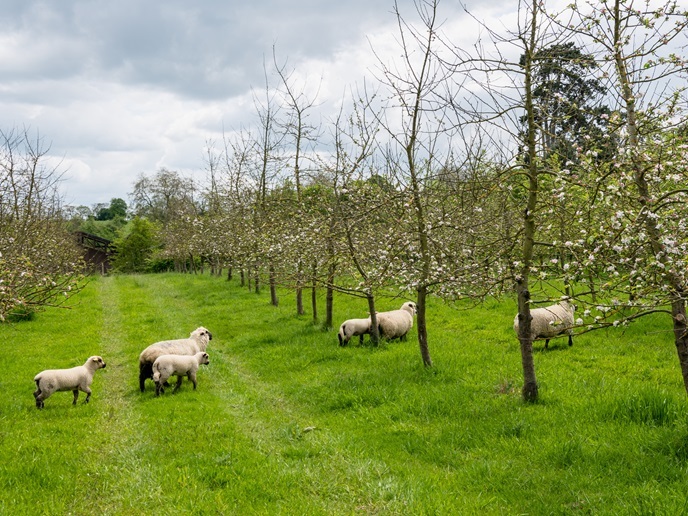Trust your gut: a stomach-based sensor to monitor cow health
Although cattle in the wild can live for two decades, dairy cows on commercial farms have a life expectancy of just 5.4 years(opens in new window). Diseases relating to lactation and pregnancy result in the early deaths of up to 40 % of a herd, representing a huge economic loss as well as high costs in terms of animal welfare and the environment(opens in new window). The EU-supported rumicon project investigated the market potential for a sensor that remains in the stomach to give farmers early warning of veterinary problems. “At the moment, most farmers use a reduction in the amount of milk produced as a sign something is wrong,” says project coordinator Lars Abraham. “But this is prone to be a very late indicator for several cow diseases, hence the need for sensors.”
Radio signal
Through dropnostix(opens in new window), Abraham offers farmers a plastic sensor that can be swallowed by a cow, and which remains in the reticulum, the second out of four compartments in the cow’s stomach. The device can measure temperature, movement, and rumen contractions, a key diagnostic for veterinarians. A radio base station in the cattle shed wireless communicates with the sensor from up to 40 metres away, gathering data every hour, or more frequently during key stages of the animal’s life cycle, such as pregnancy and calving. The data is communicated by dropnostix to the farmer, who decides what action to take based on the readings.
Abnormal behaviour
Through the patented sensor, dropnostix can provide early warning of fever, and identify cows that are feeding or drinking water abnormally. “We are not allowed to tell the farmer how to treat the cows – that is a decision for the farmer to make,” says Abraham: “But we can say ‘this cow has abnormal behaviour, it might have a disease’. When you look after 1 000 cows, it helps to know which ones to look at.” The sensor is about the size of a fist, comparable to a typical calcium bolus fed to cows as a treatment, explains Abraham, adding that this is standard procedure farmers are comfortable carrying out. Once in place, the sensor is not digested but remains permanently in the stomach until the cow is butchered. For this reason, the onboard battery lasts up to 5 years.
First Europe, next goal Latin America
Dropnostix sells a package which includes a one-off installation fee for the radio equipment, a service charge for the data stream and a per-sensor hardware fee. Abraham says the company has contracts with farmers until 2021, with over 100 sensors in cows today, and a further 1 500 awaiting delivery once movement restrictions due to COVID-19 are relaxed. Rumicon was supported by the EU Horizon 2020 programme. “This helped us to build a network with a mentor from Switzerland,” says Abraham, who plans to apply for a phase two grant. “Now we need funding for the next arc. We have dairy farmers in Latin America asking when we are ready to enter the market there; this is our major target: to make a successful Europe-based global company out of dropnostix.”







